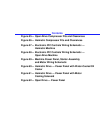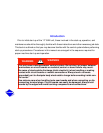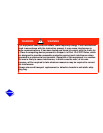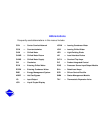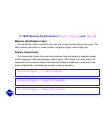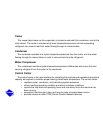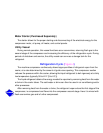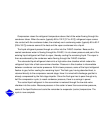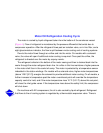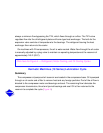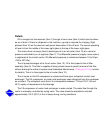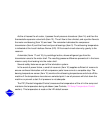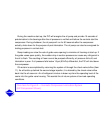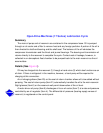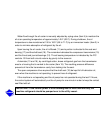
Compression raises the refrigerant temperature above that of the water flowing through the
condenser tubes. When the warm (typically 98 to 102 F [37 to 40 C]) refrigerant vapor comes
into contact with the condenser tubes, the relatively cool condensing water (typically 85 to 95 F
[29 to 35 C]) removes some of the heat and the vapor condenses into a liquid.
The liquid refrigerant passes through an orifice into the FLASC chamber. Because the
coolest condenser water is flowing through the FLASC, it is at a lower pressure and part of the
entering liquid refrigerant will flash to vapor, thereby cooling the remaining liquid. The vapor is
then recondensed by the condenser water flowing through the FLASC chamber.
The subcooled liquid refrigerant drains into a high-side valve chamber which meters the
refrigerant liquid into a flash economizer chamber. Pressure in this chamber is intermediate
between condenser and cooler pressures. At this lower pressure, some of the liquid refrigerant
flashes to gas, further cooling the remaining liquid. The flash gas, having absorbed heat, is
returned directly to the compressor second stage. Here it is mixed with discharge gas that is
already compressed by the first-stage impeller. Since the flash gas has to pass through only
half the compression cycle, to reach condenser pressure, there is a savings in power.
The cooled liquid refrigerant in the economizer is metered through the low-side valve
chamber into the cooler. Because pressure in the cooler is lower than economizer pressure,
some of the liquid flashes and cools the remainder to evaporator (cooler) temperature. The
cycle is now complete.




